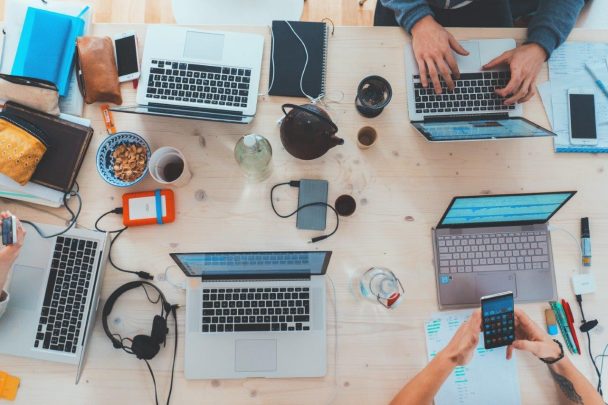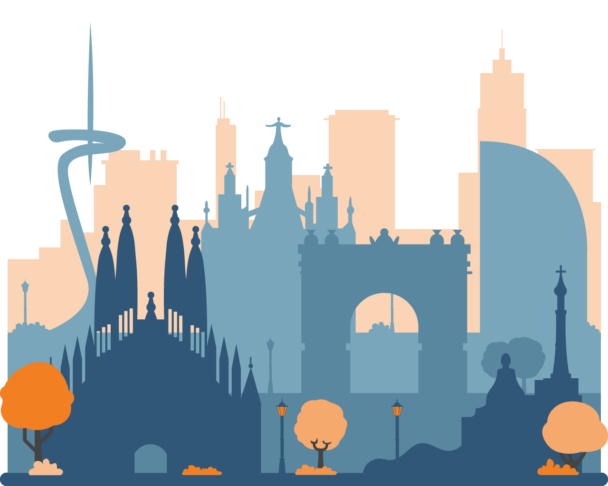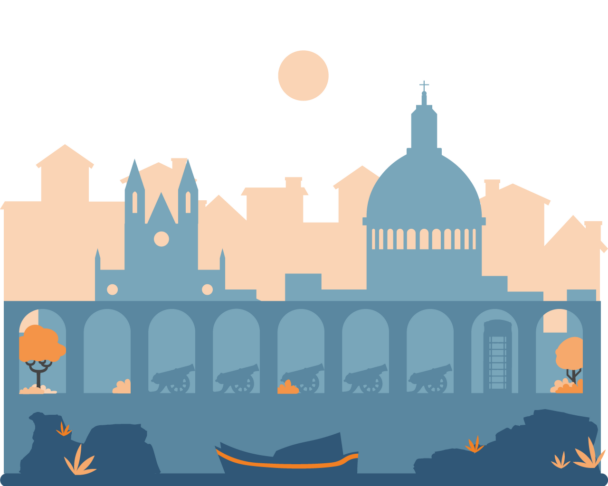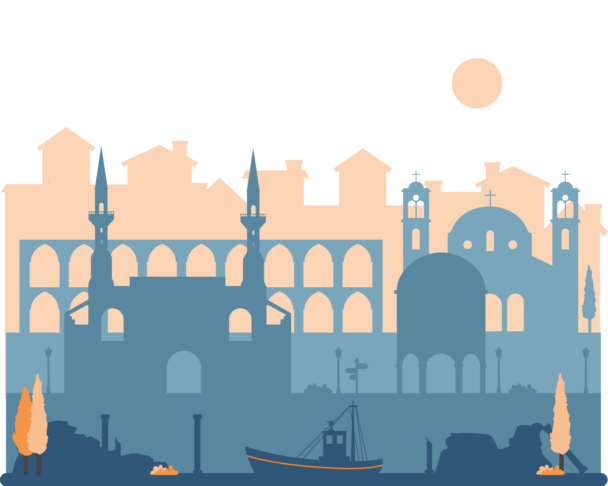Description
Have you ever heard of ‘makerspaces’?
They are physical or virtual spaces where students can gather to design, create, and build projects using a variety of tools, materials, and technologies.
In makerspaces, students have access to a variety of resources, including 3D printers, electronics, software, and tools for cutting, drilling, and soldering. They look like a combination between a science lab, a woodshop, a computer lab, and an art room.
Makerspaces are designed to have student experiment with their school’s curriculum, engage them in STEAM (science, technology, engineering, art, and mathematics) subjects, foster hands-on learning and collaboration, and provide opportunities to develop critical thinking, problem-solving, and creativity.
Makerspaces constitute an incredible chance for innovation in education!
Would you like to know how to create one in your school? Then you have found the right course!
Course participants will discover makerspaces and how they can be used in schools to support teaching and learning.
The course will also help participants to come up with makerspace and project ideas that could fit into their school’s curriculum and help them to understand which resources they would need to create a low-cost makerspace at school.
By the end of the course, participants will be able to start planning and creating a low-cost makerspace for their school that is aligned with their own school’s curriculum.
What is included
Learning outcomes
The course will help the participants to:
- Gain a deeper understanding of what makerspaces are and the goals/disciplines involved in them;
- Dig into the technologies and resources surrounding makerspaces and how to source materials and resources;
- Integrate makerspaces into the curriculum and lesson plans;
- Immerse your classroom and school into the makerspace community and stay connected;
- Explore design thinking, genius hour, and PBL frameworks that enhance makerspaces;
- Use makerspaces to improve student projects and portfolios and assess makerspace projects.
Tentative schedule
Day 1 – Course introduction & setting goals
- Introduction to the course, the school, and the external week activities;
- Icebreaker activities;
- Identification of needs and goals for each participant and relevant populations;
- Presentations of the participants’ schools;
- Understanding what makerspaces are and looking at some examples;
- Understanding the subjects and disciplines involved in makerspaces, thinking about the less ‘scientific’ subjects (history and languages, for example).
Day 2 – How to design makerspaces
- The technologies and resources surrounding makerspaces;
- Designing your own makerspace in your school
- How to source, fund, and store materials;
- Brainstorm makerspace projects for your school.
Day 3 – Tailoring makerspaces to school curricula
- Makerspace opportunities for your school: curriculum analysis
- Brainstorm makerspace projects for your school.
Day 4 – Makerspaces and PBL
- Exploring design thinking, genius hour, and PBL frameworks as enhancers of makerspaces;
- Planning a makerspace project for your school (continued).
Day 5 – Evaluating makerspace activities
- Presenting your makerspace design;
- Integrating makerspaces into student portfolios;
- Grading makerspaces through rubrics.
Day 6 – Course closure and cultural activities
- Course evaluation: round-up of acquired competencies, feedback, and discussion;
- Awarding of the course Certificate of Attendance;
- Excursion and other external cultural activities.







